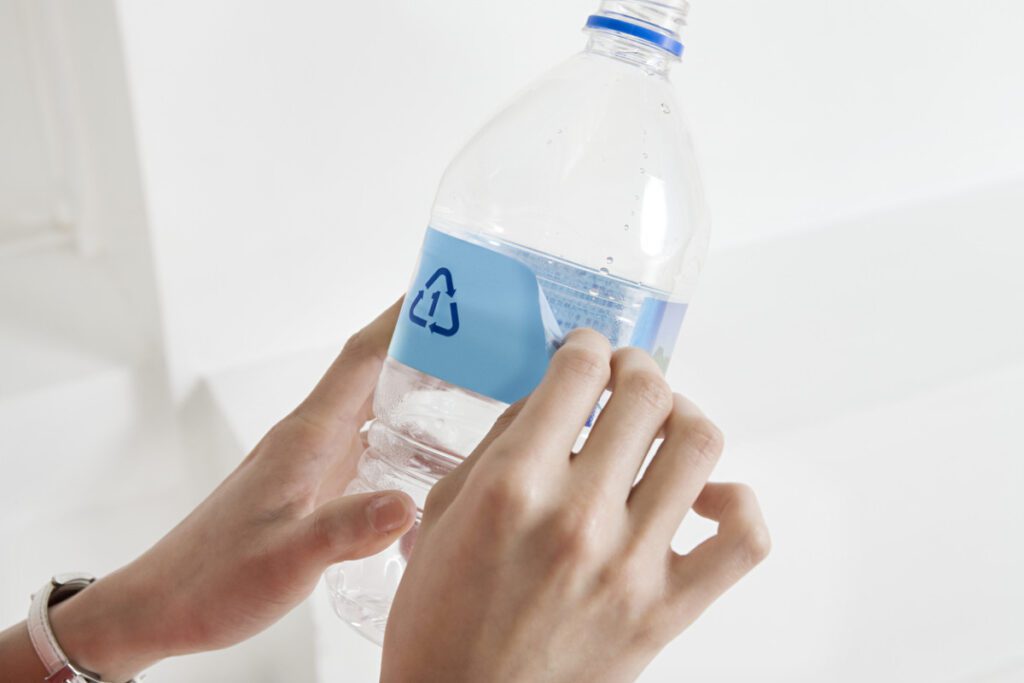The Silent Salesperson: How Label and Packaging Builds Trust Before the First Conversation
Before a word is spoken, a product’s packaging has already begun to speak for your brand. It signals quality, reliability, and intent — often shaping customers’ perceptions before they ever interact with your offering. In this sense, packaging acts as a “silent salesperson,” covertly influencing decisions, building trust, and setting expectations. For brand owners, understanding and investing in this first point of contact can transform packaging from a functional necessity into a strategic asset.
First Impressions That Stick
Consumers form opinions in seconds. The first visual and tactile interaction they have with a product — its packaging — can either reinforce brand trust or raise doubts. Whether it’s the feel of a sturdy box, the clarity of printed instructions, or the visual appeal of the label design, these elements collectively create a first impression that shapes the rest of the customer journey.
This is especially important in industries like personal care, healthcare, or wellness, where packaging labels often have to do double duty: look appealing and communicate trust. Disorganized or cheaply made packaging — especially for a high-end item — can create doubts about performance and durability before the product is even turned opened.
Communicating Brand Values Without Saying a Word
Great packaging tells a story. It reflects your company’s values, target audience, and attention to detail. Label materials, color schemes, and even the unboxing experience all contribute to that narrative. Minimalist designs may signal modernity and efficiency, while organic textures and muted tones might suggest sustainability and natural sourcing.
For career professionals in marketing or product development, this is an opportunity to align visual design with brand messaging. A sleek, purposeful package says, “we care about your experience.” A cluttered, inconsistent design may suggest the opposite. Every design choice, from typography to closure mechanism, communicates something about who you are and what your customer should expect.
Building Confidence Through Clarity and Transparency
In a competitive marketplace, clear communication on packaging is not just helpful; it’s expected. Consumers want to know what they’re buying, how it works, and what sets it apart. Packaging that delivers this information succinctly and honestly builds consumer confidence. This is particularly important in regulated industries, where clarity is critical not just for trust, but also for legal compliance.
Well-crafted wellness packaging, for example, doesn’t hide behind vague claims. It spells out ingredients, usage instructions, certifications, and benefits in a way that’s accessible and visually appealing. This transparency fosters loyalty and repeat business, especially among consumers who prioritize informed decision-making.
Materials Matter
Quality materials convey quality products. Lightweight or flimsy labels, cartons or containers can undermine a high-end offering, while sturdy, well-constructed packaging reinforces the idea that what’s inside is worth protecting. It’s about spending wisely on materials that align with your brand’s positioning.
Sustainable options are increasingly valued by consumers across sectors. Recycled or compostable materials show environmental responsibility, while high-quality finishes like embossing or soft-touch coatings can elevate the sensory experience. For businesses that want to lead with integrity, the materials used in packaging are an extension of that commitment.
Where Packaging Makes an Impact
Smart packaging strategy can influence every part of your sales funnel. Consider how it supports:
- In-store discovery: Eye-catching, informative packaging helps your product stand out on the shelf.
- E-commerce: Thoughtful unboxing experiences enhance customer satisfaction and increase shareability.
- B2B sales: Professional, clearly branded packaging signals reliability and seriousness to potential partners.
- Customer loyalty: Quality and consistency in packaging foster a sense of trust and recognition over time.
Trust Begins at First Glance
Whether you’re launching a new product or refining an existing line, the packaging should never be an afterthought. It's your silent salesperson — always on, always presenting. When approached strategically, packaging can do more than protect a product: it can convey values, educate customers, and build relationships. For business owners and professionals looking to sharpen their competitive edge, investing in packaging is investing in trust.
